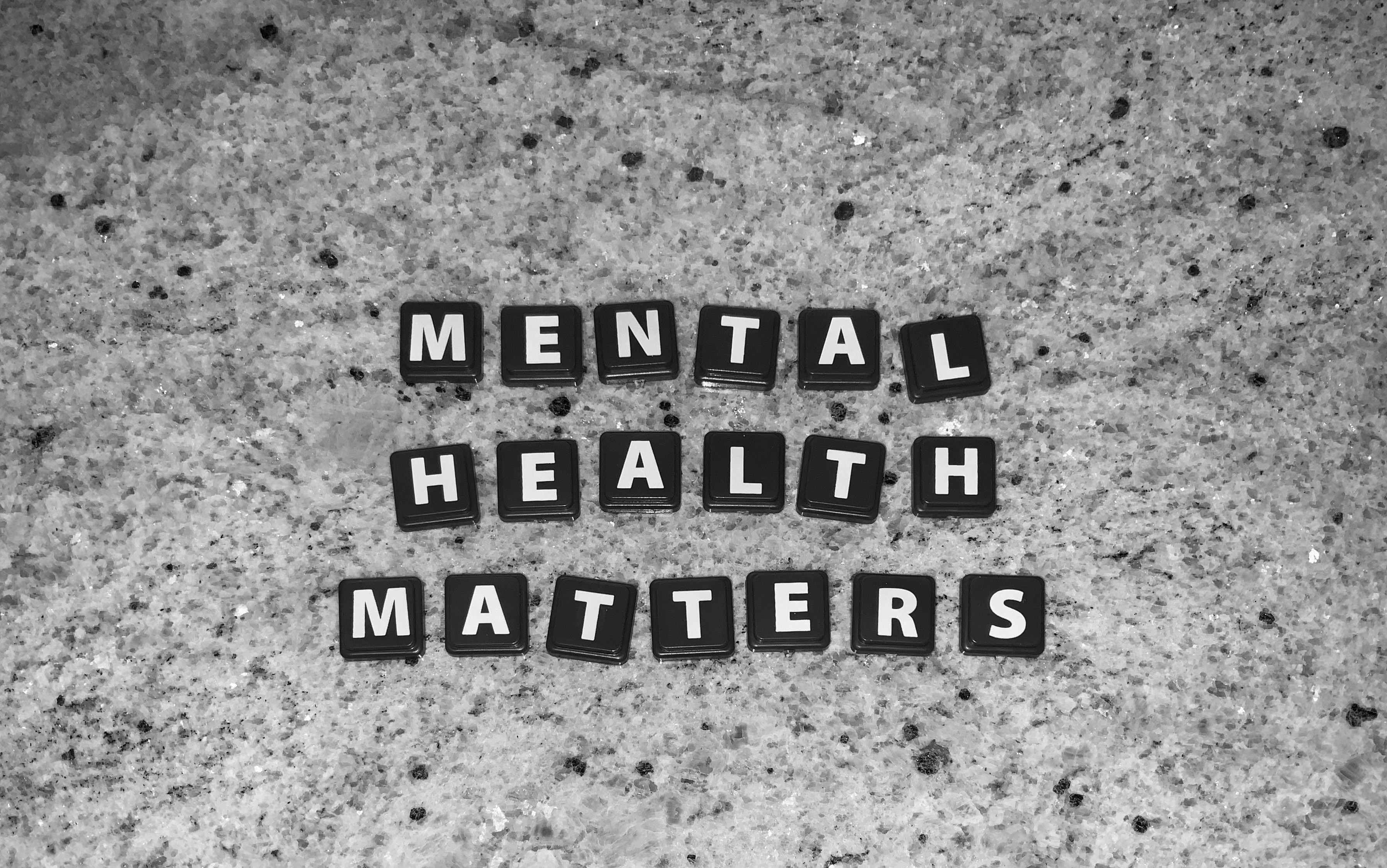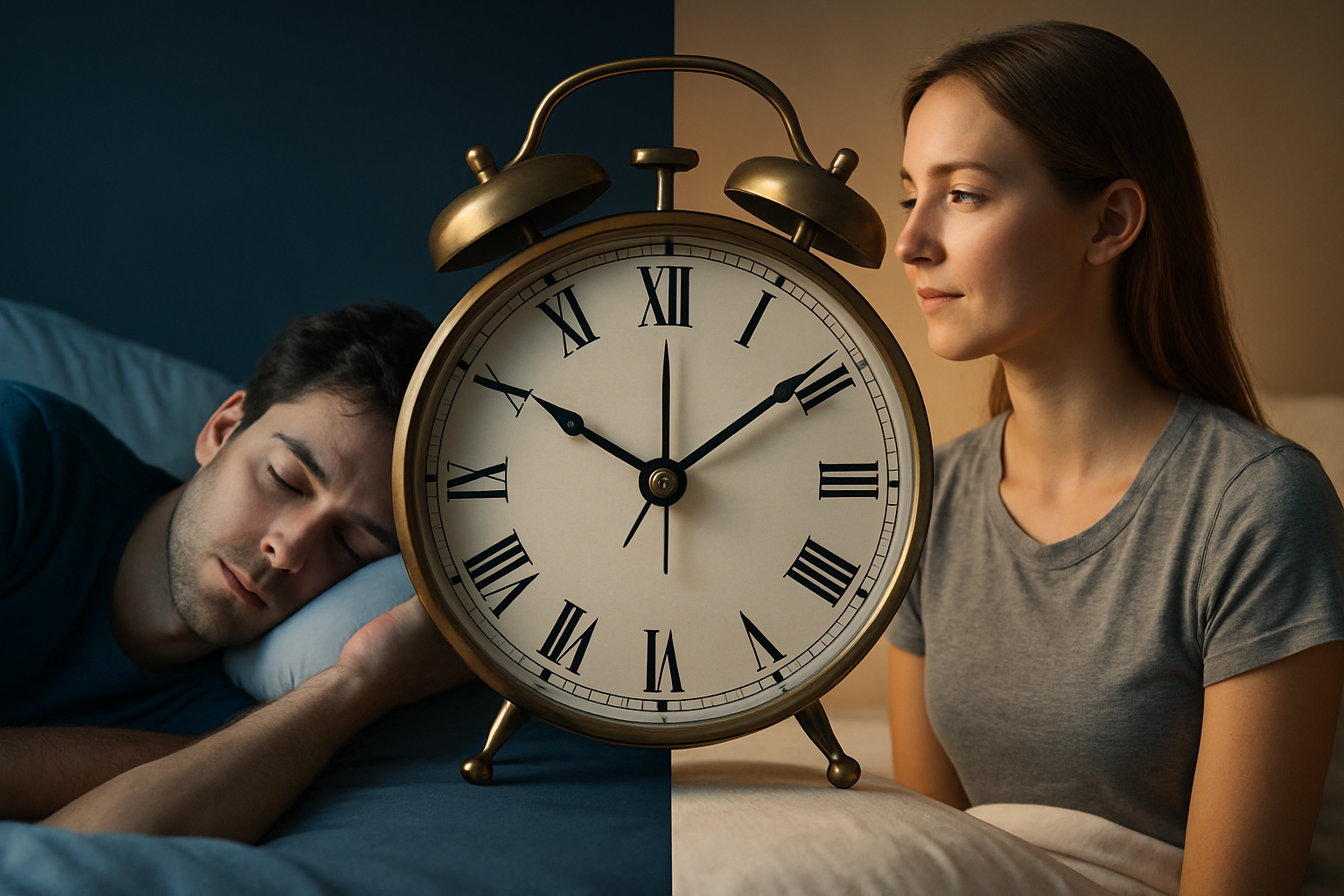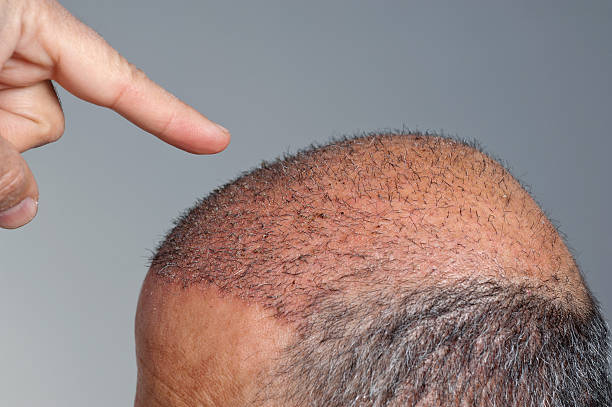Navigating the Maze of Anxiety: From Roots to Relief
Anxiety, a pervasive mental health condition, affects millions worldwide, transcending age, gender, and cultural boundaries. This complex disorder manifests in various forms, from generalized anxiety to specific phobias, each presenting unique challenges for those affected. As our understanding of anxiety evolves, so do the approaches to its management and treatment. Recent advancements in neuroscience and psychology have shed new light on the underlying mechanisms of anxiety, paving the way for innovative therapeutic interventions. Despite these strides, the stigma surrounding mental health issues continues to pose barriers to seeking help, highlighting the need for greater awareness and support systems.

The mid-20th century saw the emergence of behaviorism and cognitive psychology, which offered new perspectives on anxiety. These approaches emphasized the role of learned behaviors and thought patterns in the development and maintenance of anxiety disorders. The introduction of benzodiazepines in the 1960s marked a significant milestone in the pharmacological treatment of anxiety, although concerns about dependency and side effects would later emerge.
The Neurobiology of Anxiety
Recent advances in neuroimaging and genetic research have provided unprecedented insights into the biological underpinnings of anxiety. Studies have identified key brain regions involved in the anxiety response, including the amygdala, hippocampus, and prefrontal cortex. The interplay between these areas and neurotransmitter systems, particularly serotonin, norepinephrine, and GABA, is crucial in regulating anxiety levels.
Genetic factors also play a role in susceptibility to anxiety disorders. While no single “anxiety gene” has been identified, researchers have found that multiple genes contribute to an individual’s risk. Environmental factors, such as early life experiences and chronic stress, interact with genetic predispositions in complex ways, highlighting the importance of a holistic approach to understanding and treating anxiety.
The Spectrum of Anxiety Disorders
Anxiety manifests in various forms, each with distinct characteristics and challenges. Generalized Anxiety Disorder (GAD) involves persistent and excessive worry about various aspects of life. Social Anxiety Disorder centers on fear of social situations and scrutiny by others. Panic Disorder is characterized by recurrent, unexpected panic attacks, while specific phobias involve intense fear of particular objects or situations.
Obsessive-Compulsive Disorder (OCD), once classified as an anxiety disorder, is now considered a separate but related condition. Post-Traumatic Stress Disorder (PTSD), another formerly classified anxiety disorder, shares common features with anxiety but is now recognized as a trauma-related disorder. Understanding the nuances of these conditions is crucial for accurate diagnosis and effective treatment.
Innovative Approaches to Anxiety Management
While traditional treatments like cognitive-behavioral therapy (CBT) and medication remain cornerstones of anxiety management, innovative approaches are emerging. Mindfulness-based interventions, drawing from ancient meditation practices, have gained traction in clinical settings. These techniques help individuals cultivate awareness of present-moment experiences, reducing rumination and worry.
Virtual reality (VR) therapy is showing promise in treating specific phobias and social anxiety. By creating controlled, immersive environments, VR allows individuals to confront feared situations gradually and safely. Neurofeedback, a type of biofeedback focusing on brain activity, is another area of growing interest. This technique aims to help individuals learn to regulate their brain states associated with anxiety.
The Role of Lifestyle in Anxiety Prevention and Management
Increasing attention is being paid to the role of lifestyle factors in both preventing and managing anxiety. Regular physical exercise has been shown to have anxiolytic effects, potentially through its impact on neurotransmitter systems and stress hormones. Nutrition also plays a crucial role, with research suggesting links between gut health, inflammation, and anxiety.
Sleep hygiene is another critical factor, as poor sleep quality and anxiety often form a vicious cycle. Techniques to improve sleep, such as maintaining consistent sleep schedules and creating relaxing bedtime routines, can significantly impact anxiety levels. Additionally, reducing caffeine and alcohol consumption can help mitigate anxiety symptoms for many individuals.
Societal Implications and Future Directions
As awareness of anxiety disorders grows, so does the need for comprehensive support systems and policy changes. Workplace stress, a significant contributor to anxiety, is gaining recognition as a public health issue. Some companies are implementing stress-reduction programs and flexible work arrangements to support employee mental health.
In education, there’s a growing movement to incorporate mental health literacy and coping skills into school curricula. Early intervention and prevention strategies are becoming increasingly important, with a focus on building resilience in children and adolescents.
The future of anxiety treatment likely lies in personalized approaches that consider an individual’s genetic makeup, life experiences, and specific symptoms. Advances in AI and machine learning may soon allow for more precise diagnosis and treatment recommendations. As our understanding of anxiety continues to evolve, so too will our strategies for helping individuals navigate this complex and challenging condition.





